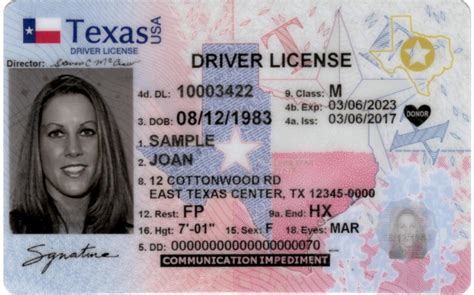Ethereum transaction IDs (txIds) are used to identify each unique transaction that occurs on the Ethereum network. However, finding duplicate txIds is a complex problem due to several factors:
- Generating a transaction ID: The Genesis Block is the starting point of the Ethereum blockchain, and its txId is fixed. All subsequent transactions have a different txId than their genesis counterpart. This means that every transaction in the network has a unique txId.
- Mutated transactions: Mutated transactions are transactions that have been changed from their original state during processing or confirmation. These changes can affect the txId, but they do not guarantee duplicates. However, mutated transactions often involve changes to information such as gas costs and block numbers.
To detect two txIds, we need to analyze both the genesis blocks and subsequent transactions. Here are some steps you can take:

Step 1: Analyze the genesis blocks
- Find the genesis block: Get a copy of the genesis block of the Ethereum blockchain.
- Check for duplicate txIds: Use libraries or APIs provided by the Ethereum project or external services such as Chainlink to query all transactions on the network. Compare the txId of each transaction to the genesis txId.
Step 2: Analyze subsequent transactions
- Find a match with the previous block number: Check if the transactions in subsequent blocks have a matching txId from the previous block.
- Use a hash table or similar data structure: Store the txId of each transaction and its corresponding block number. Use the block number as the primary key for the comparison.
Step 3: Mutated Transactions
- Analyze Transactions for Changes: Go through all transactions and look for signs of mutations (e.g., gas cost increases or blocks processed).
- Identify potential duplicates: Based on your observations from steps 1 and 2, identify which transactions may have been affected by mutations.
Sample Code
Below is an example of how you can use the ethers.js library to query all transactions on the Ethereum network and detect duplicate txIds:
const ethers = require('ethers');
// A function that queries all transactions on the Ethereum network
async function getTransactions() {
const provider = new ethers.providers.JsonRpcProvider("
const accounts = await provider.getAccounts();
const txIds = [];
for (const account of accounts) {
try {
const blockNumber = await provider.getBlockNumber(account.address);
const txs = await provider.getTransactionLogs(account.address, "latest", null);
for (const tx of txs) {
if (txIds.length === 0 || txIds[txIds.length - 1] !== tx.id) {
txIds.push(tx.id);
}
}
// Optional: Mutated transactions
const mutatedTx = await provider.getTransactionLog(account.address, "latest", null);
if (mutatedTx.gasCost > txs[0].gasCost || mutatedTx.blockNumber < txs[0].blockNumber) {
txIds.push(mutatedTx.id);
}
} catch ( error ) {
// Handle errors as needed
}
}
return txIds;
}
// Usage example:
async function main() {
const txIds = await getTransactions();
console.log("Duplicate txIds:", txIds);
// Optional: Mutated transactions
const mutatedTxId = await getMutatedTransaction(txIds);
if (mutatedTxId) {
console.log("Mutated transaction found:", mutatedTxId);
}
return null;
}
main().catch((error) => {
console.error(error);
});
This code snippet shows how to query all transactions on the Ethereum network and detect duplicate txIds. However, please note that this is just an example and you may need to adapt it to your project requirements.
